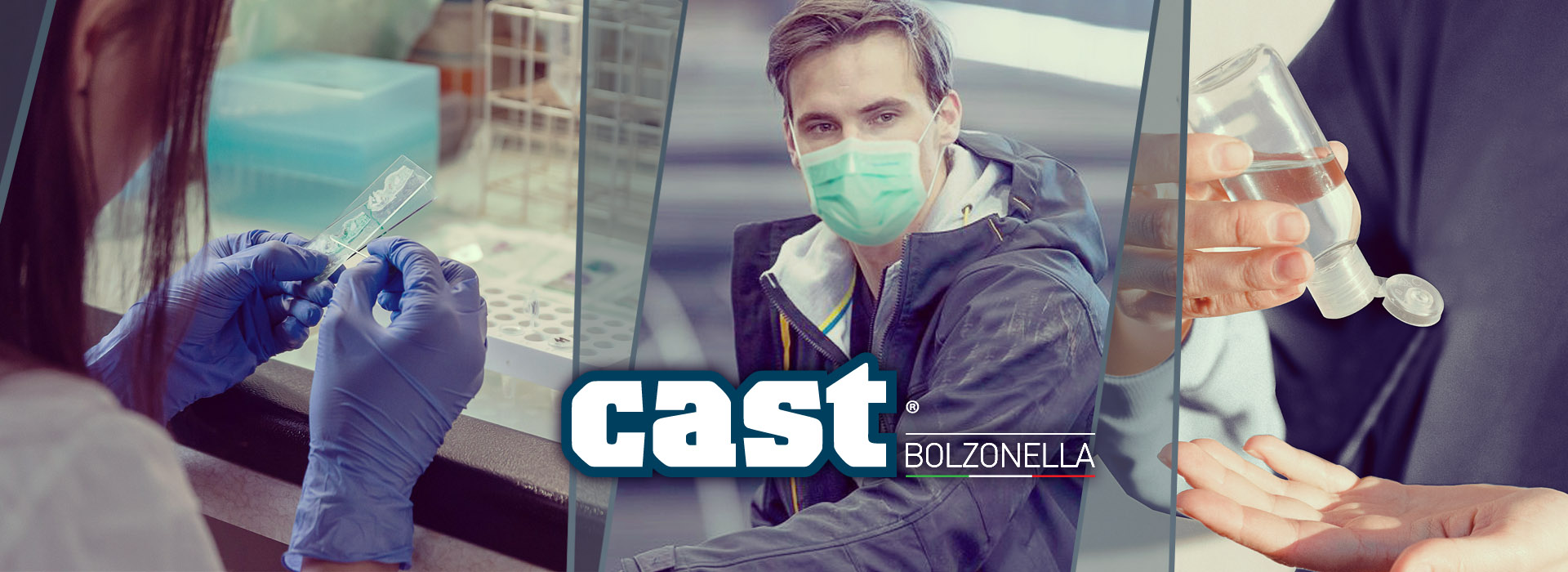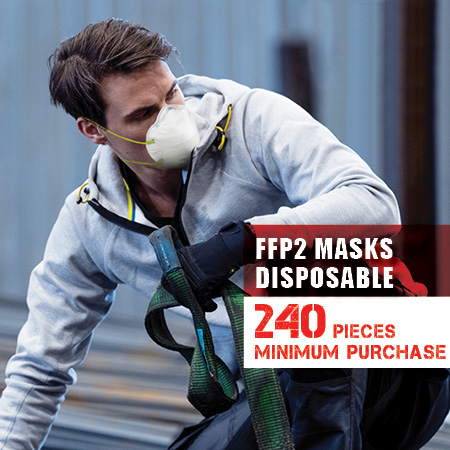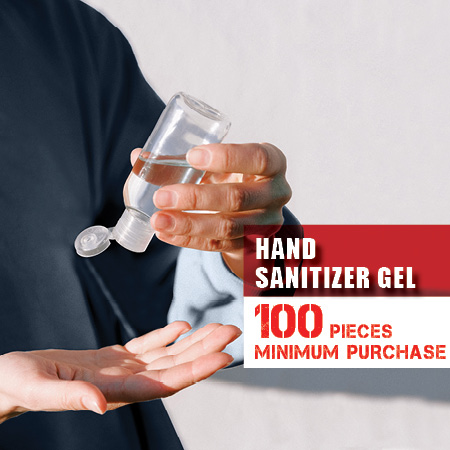Regulations and classifications of Disposable Surgical Masks for the prevention of infection
Our 3-layers disposable surgical masks are Type I according to the regulation EN 14683 and class I according to MDD 93/42/EEC.
Let's see in detail what this means.
Certification EN 14683 for surgical masks
What is the certification EN 14683?
Disposable surgical or medical masks, are certified according to the European standard EN 14683, which establishes the design, construction, and test methods to ensure standardized effectiveness.
The standard divides the masks into three classes according to bacterial filtration efficiency (BFE):
- Type I: BFE greater than or equal to 95%, differential pressure less than 40(Pa/cm²) and microbial cleanliness less than or equal to 30(cfu/g). This type of masks is used for patients to reduce the risk of spreading infections (especially in epidemic and pandemic situations).
- Type II: BFE greater than or equal to 98%, differential pressure less than 40(Pa/cm²) and microbial cleansing less than or equal to 30(cfu/g). They are designed for use by health care professionals in operating theatres or other medical activities.
- Type IIR: BFE greater than or equal to 98%, differential pressure less than 60(Pa/cm²), microbial cleaning less than or equal to 30(cfu/g) and spray resistance pressure greater than or equal to 16kPa. These masks are indicated for those who want to protect themselves from splashes of contaminated biological material.
The differential pressure indicates the air permeability of the mask, measured under specific airflow, temperature and humidity conditions.
Microbial cleaning indicates the presence of viable microorganisms on the surface of the mask. A higher number of 30ufg would lead to the formation of colonies of such microorganisms.
What does EN 14683 prescribe for surgical masks?
According to this standard, facial masks for medical use must therefore be made in such a way that, during surgical procedures or similar medical activities, they limit the transmission of infectious agents from doctor to patient.
The transmission of contagion during this type of operation can take place in different ways: talking, breathing, coughing or sneezing, for example, small droplets of saliva are expelled from the nose and mouth. These can be a reason for infection if they come into contact with the mucous membranes of people close to us. That is why it is important to use masks with an adequate microbial barrier, which help to reduce these emissions.
Surgical masks are CE marked and their compliance is assessed by a Notified Body.
MDD 93/42/EEC classifies medical devices
MDD 93/42/EEC is applied to medical devices and accessories.
Devices must be designed and manufactured in such a way that by using them, the health and safety of patients, users and, where appropriate, third parties are not compromised. They must also be designed so that they can be handled easily and so that the risks of infection are eliminated or reduced as far as possible.
The classification
MDD 93/42/EEC classifies all devices into non-invasive and invasive.
Devices are considered invasive when they penetrate partially or fully into the body through an orifice or body surface.
Non-invasive devices, on the contrary, remain in contact with the skin, without penetrating the body.
Non-invasive devices
All non-invasive devices are in Class I, including disposable surgical masks, except for the following:
Non-invasive devices are in Class IIa:
- when they can be connected to an active medical device (an energy source that transmits energy or substances to the patient);
- when intended for the storage or channelling of blood or other fluids or gases intended for transfusion, administration or introduction into the body, preservation of organs, parts of organs or body tissues;
Non-invasive devices are in Class IIb:
- if they change the biological or chemical composition of blood, other body fluids or other liquids intended for transfusion into the body;
- if they are intended for use primarily with wounds which have injured the dermis and which may heal only by second intention.
Invasive devices
Invasive devices are in Class I if they are made for temporary use, are in Class II if they are intended for short-term use, are in Class III when they are used for long-term use or when they are specifically used to diagnose, monitor or correct defects of the heart or central circulatory system.
Is this mask suitable for your business?
We have compared the characteristics and performance of the various types of mask.
Find out how to choose the mask that best suits your needs.











